Introduction
In the first instalment of a two-part blog series, I explain the conservation treatment of four 17th-century Islamic manuscripts. These manuscripts were rebound in 20th-century Western bindings, which were incompatible with the original Islamic materials. Subsequently, the manuscripts were rebound in an Islamic limp leather binding. During the rebinding process, I observed that one manuscript, Ms A. 2. IV, was notably heavier. Due to the weight of the textblock, this manuscript required a stronger cover attachment. In this blog, I will detail how I adapted Mamluk doublures to address this issue.
Adaptation of Mamluk Doublures
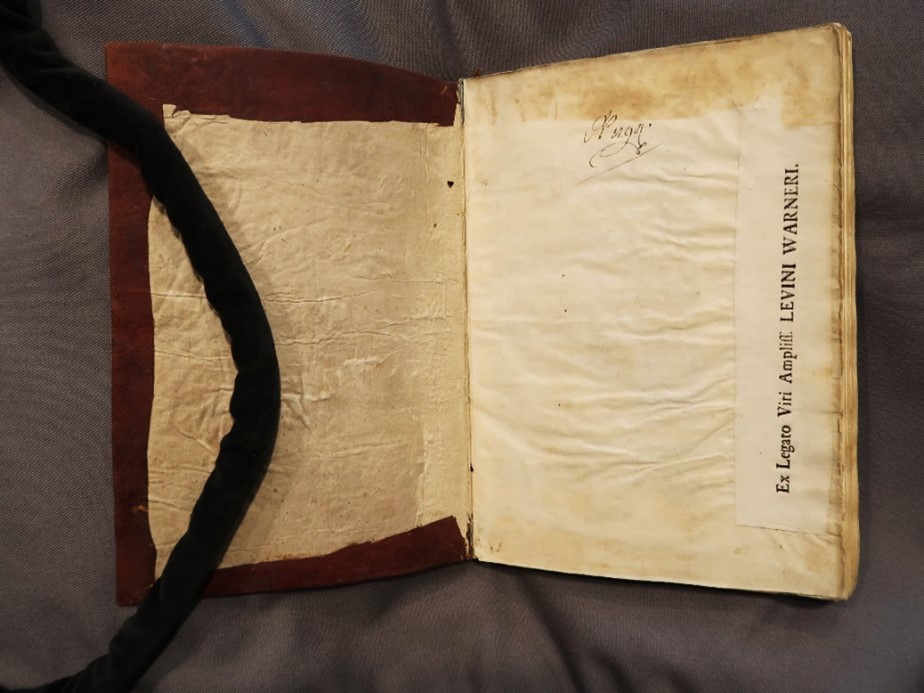
Fig.1: 17th-century limp leather binding with pastedowns. Leiden University Library. Or. 894.
The conservation treatment for Ms A. 2. IV aimed to rebind the manuscript in a manner that was both structurally sound and sympathetic to the original Islamic materials. However, the significant weight of the textblock posed a unique challenge. The cover was originally attached to the textblock by the spine lining, which would not suffice to support the manuscript’s weight. Limp leather bindings typically do not include doublures, which are often used to reinforce the cover attachment. One solution to this issue would be to use doublures or pastedowns. For example, a 17th-century limp leather binding at the Leiden University Library (Or. 894) utilises pastedowns for this purpose (Fig.1).
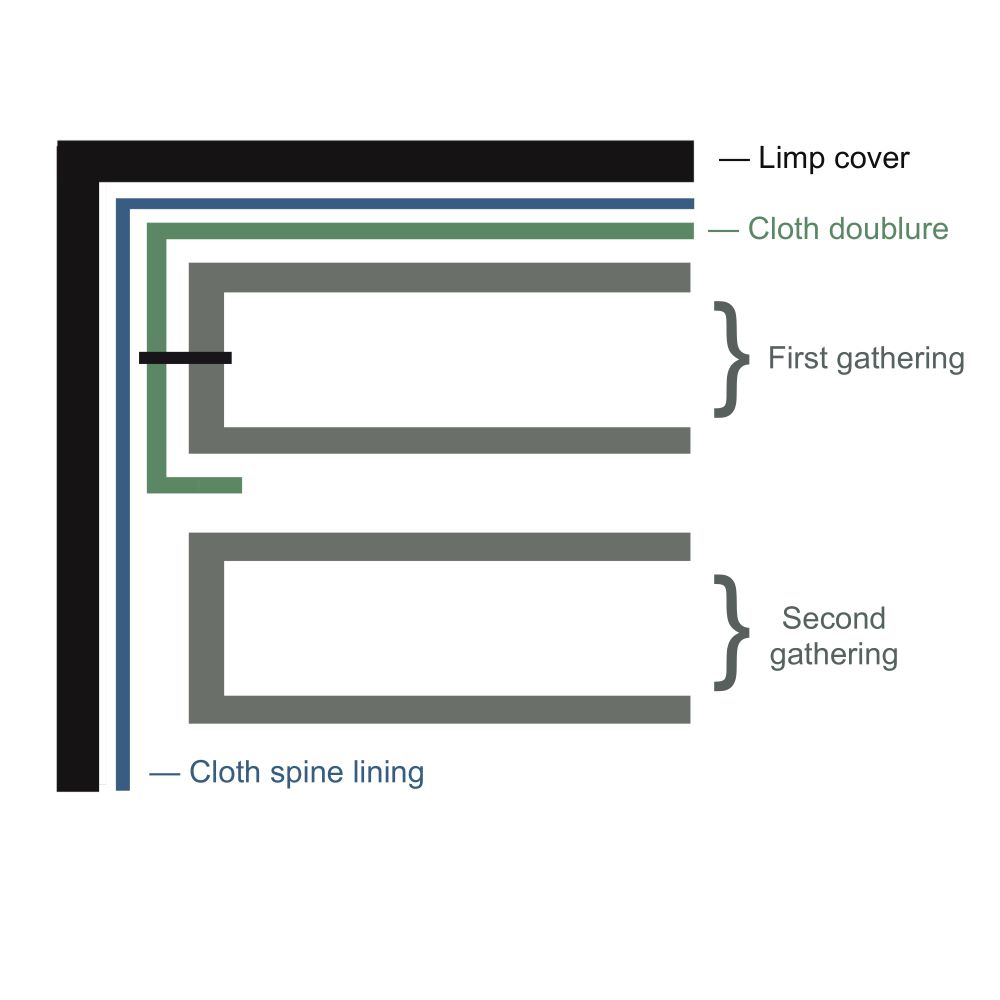
Fig. 2: Diagram of the Mamluk doublure. Illustration by Maria Dobos Falzon
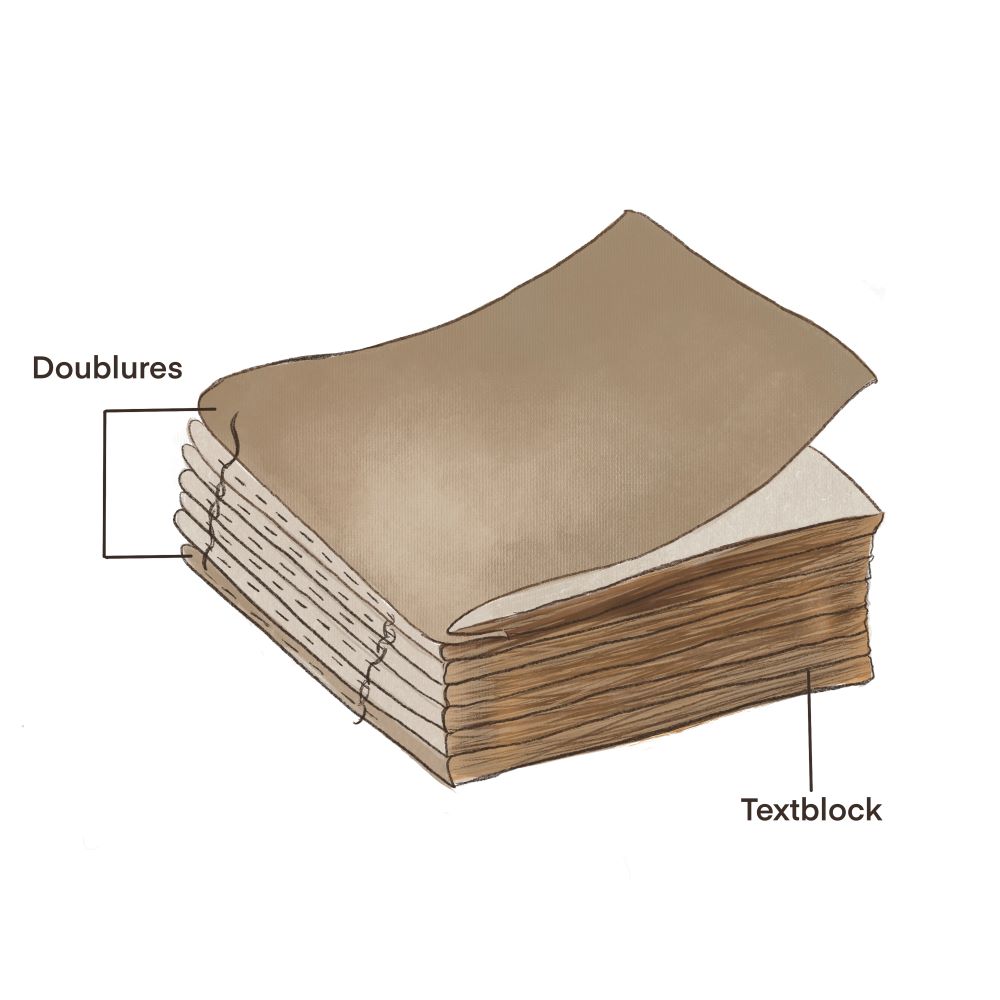
Fig. 3: Illustration of the Mamluk doublure hooked under the first and final gatherings. Illustration by Maria Dobos Falzon
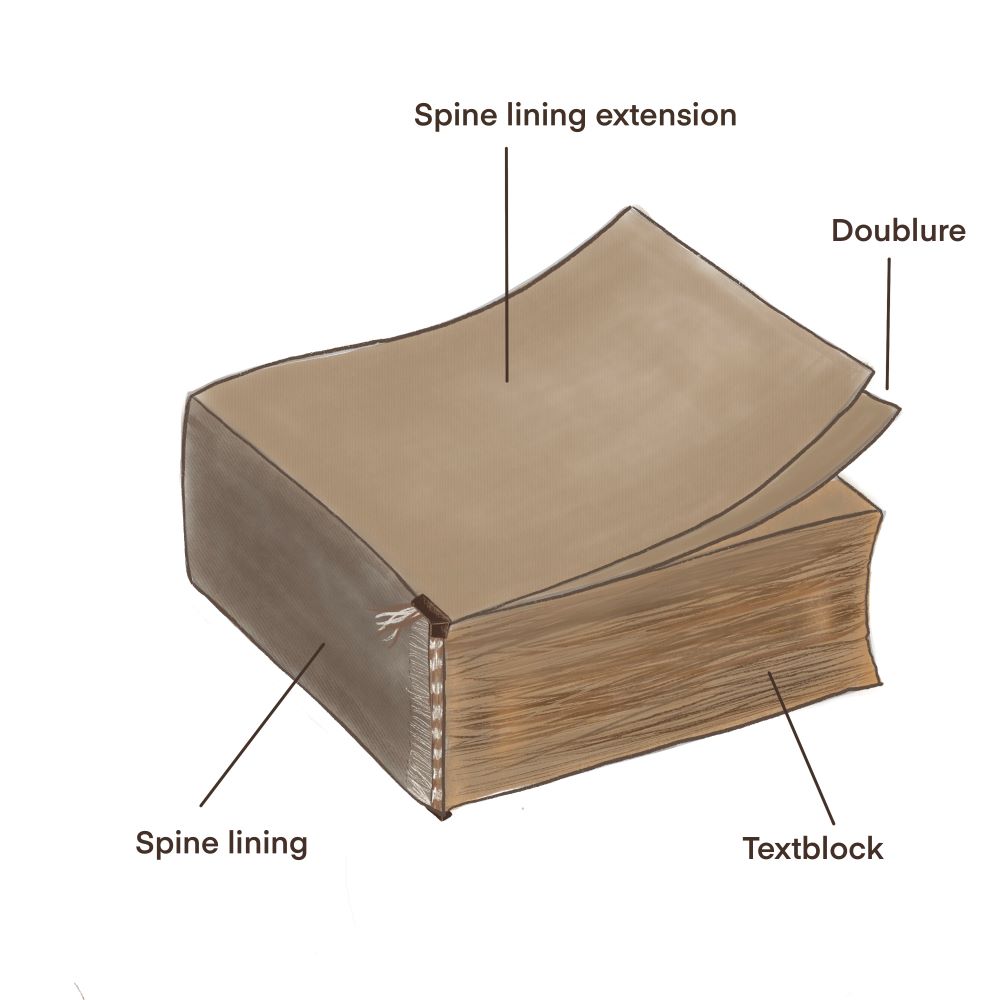
Fig. 4: Illustration of the spine lining, extending the full length of the cover. Illustration by Maria Doblos Falzon
However, Figure 1 clearly illustrates the extent of cockling in the pastedowns. Lining the leather with paper was considered unsuitable due to the paper’s limited flexibility. As a result, I chose not to use pastedowns in the treatment of MS A. 2 IV. However, while reviewing cover attachment methods, I was reminded of Mamluk doublures observed by Jake Benson and John Mumford at Dar al-Kutub, Cairo. This structure consisted of a single piece of cloth or leather that was hooked under the first and final gatherings and sewn in with the rest of the textblock (Fig. 3).
I decided to adopt this method in my treatment of MS A. 2 IV to strengthen the cover attachment (Fig. 2). This treatment seemed a more suitable solution than adapting the pastedowns I observed in UBL Or. 894, as Mamluk doublures use cloth or leather. Unlike paper, cloth and leather are much more flexible, and provide stronger support, making them ideal for reinforcing the cover attachment.
Cover Attachment
A summary of the procedures carried out is provided in the following section. For more details about the limp leather binding, please refer to the first blog.
The process began with lining the cloth used for the doublures and spine lining with Japanese paper. A single piece of cloth was then hooked under the first and final gatherings and sewn in with the rest of the textblock. Cloth was selected over leather due to its lack of extensive paring requirements, offering a practical advantage for time management. Next, a spine lining was applied, and the primary endbands were sewn through it. The secondary endbands were woven through the threads created by the primary endbands (Fig. 4). The limp cover was then adhered to the textblock spine, with the spine lining extensions affixed to the inside cover. The doublures were subsequently attached to the extended spine lining and the pared turn-ins were adhered to the interior of the cover. Turn-ins, though often absent in limp leather bindings, were included here to prevent fraying at the edges of the cloth doublures and spine lining (Fig. 5).
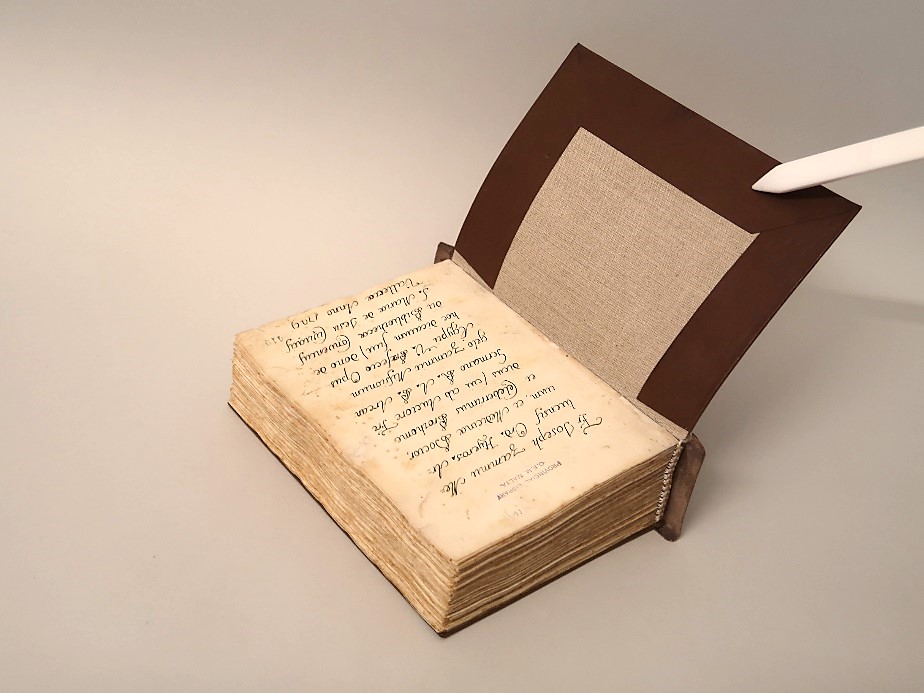
Fig. 5: The doublures were affixed to the inside cover and the pared turn-ins were adhered to the cover’s interior. Franciscan Provincial Archives, Valletta, Malta. Ms A. 2. IV.
Concluding Thoughts
Despite the reinforcement provided by cloth spine lining extensions and doublures, it is still advisable to store the manuscript in an enclosure. This precaution is necessary, as the limp cover remains susceptible to damage when stored vertically alongside other manuscripts on the shelf. Additionally, Jake Benson and John Mumford presented their research on Mamluk doublures at the ninth conference of the Islamic Manuscript Association in Cambridge in 2013. It should also be noted that Dr Karin Scheper and Paul Hepworth examined a comparable manuscript in the Museum of Islamic Art in Doha (Ms. 307.1999). If anyone has made similar observations or noted different Islamic cover attachment techniques, I would be very interested in hearing from you @davidplummer_
Acknowledgements
I am collaborating on this project with two fellow conservators, Chanelle Mifsud Briffa and Maria Borg. The project is funded by the Barakat Trust and supported by Friar Noel Muscat, the Head Archivist of the Franciscan Provincial Archives. Thank you to Dr Karin Scheper for sharing her expertise on limp leather bindings, and to Paul Hepworth for sharing his ideas and expertise on Mamluk doublures, which have informed my approach. I also want to express my gratitude to Dr Theresa Zammit, Head of Conservation at the University of Graz, for allowing us to work on this project at her private conservation workshop in Rabat, Malta. Finally, I would like to thank Maria Dobos Falzon, Collections Officer at the Archdiocese of Malta, for her wonderful illustrations and diagrams.
Further Reading
Scheper, Karin. The Technique of Islamic Bookbinding: Methods, Materials and Regional Varieties. Second Revised Edition. Islamic Manuscripts and Books 8. Leiden; Boston (MA): Brill, 2018.
Biography
David Plummer was born and raised in the Welsh Marches. He studied book conservation at West Dean College in England and is currently employed by the Notarial Archives Foundation as a Book and Paper Conservator. He is also a Fellow of the Royal Asiatic Society.
